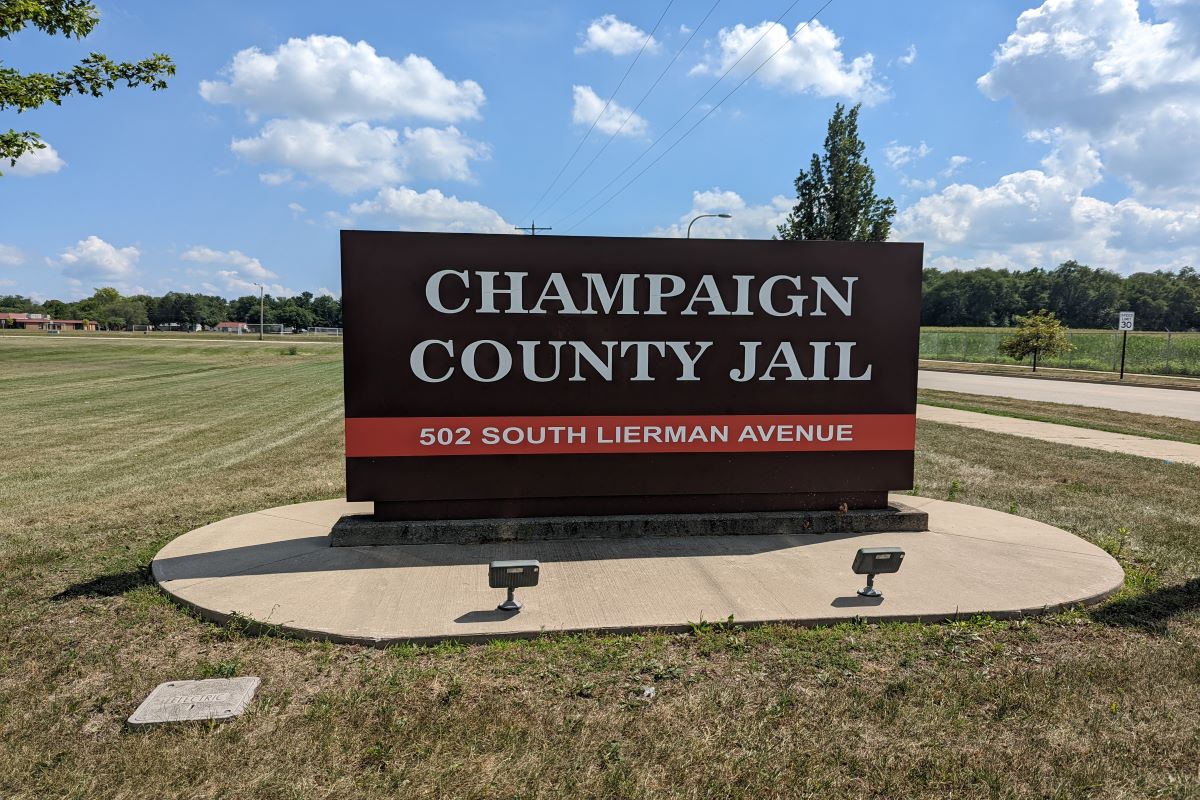On July 11th, the Urbana City Council voted narrowly to approve the special use permit for a consolidation of Champaign County jails. This consolidation will expand the satellite facility at 502 South Lierman Street after the downtown jail was closed due to a deterioration of its facilities. With the closing, 70 inmates were transferred to jails outside of the county. Most inmates were moved to Kankakee County, 10 inmates to Macon County, and one inmate to Piatt County. These relocations can make it more difficult for attorneys to meet with their clients to properly represent them in court, and housing inmates outside of the county will cost roughly $2 million this year alone. For those reasons, the Champaign County Board approved a plan to add two pods to the satellite jail, as it is not equipped to properly care for additional inmates.
It is currently housing 154 inmates, and only 4% of its cells are designed for single occupancy, where 10% single occupancy is required by the American Correctional Association. The expansion of the satellite facility on South Lierman would add two new pods to the east side of the building. Of the two new pods, one would consist of 29 cells, 24 of which would be single occupancy, to be used for inmates with special physical or mental health needs. The other pod would be used for the general population and would consist of 49 new cells, nine of which would be designed to be occupied by a single inmate. The new construction would provide sight and sound separation between men and women, with sufficient space for female occupancy, as well as flexibility in the case of overflow in male occupancy. The project also includes an update to the security electronics within the current facility, a geo-thermal heating system, and more space for program, exercise, and medical facilitation.
The cost for the expansion is $20 million. The county is set to use $5 million of ARPA funds, $13 million in 20-year revenue bonds, and $2 million of capital funds. There has been some controversy over whether the county is allowed to use ARPA funds to expand the satellite jail; the allocation was defended by a county representative stating that the project qualifies for ARPA use under the specific provision for “county functions”.
Urbana City Council was tasked with the decision of whether to provide the special use permit for the county as-is, approve the permit with special conditions, or deny the permit completely. There are three conditions for a special use permit. The special use has to be conducive to public convenience, proposed to be operated in ways that will not be unreasonably injurious to the district or public welfare, and fit regulations and standards of the district. It was the second criteria that caused debate.
At the Committee of the Whole meeting that took place a week prior to the City Council vote, council member Chris Evans stated that we should be spending less money on expanding jail capacities and more money on things that actively reduce crime. Similarly, council member Jaya Kolisetty said that there should have been documented considerations of the county exploring non-carceral solutions to the problem of jail space. Council member Grace Wilken expressed a desire to support the permit, and noted that she could identify some positive impacts it could make, but that she could not vote in favor of the permit because there wasn’t enough public input from residents of the City of Urbana, and because she did not feel informed enough to justify an approval to her constituents. She said, “When bulldozers and cranes start showing up and people notice it that might not be involved in this process, there’s going to be a lot of public mistrust”. Wilkens moved to keep the permit application in committee to allow more time to properly inform the public, but no one was willing to second her motion to allow it to come to a vote.
Proponents of the special use permit on council stated that it met the three criteria necessary, and that it would be more humane and less injurious to inmates that reside within the facility. Both council members Shirese Hursey and James Quisenberry had toured the downtown jail prior to its closure and commented on the improvements that the jail consolidation would make, such as more space for inmates and more secure floorplan designs which allow direct line of sight of inmates by officers.
Ultimately, the special use permit was approved 4-3 with Evans, Kolisetty, and Wilken voting in opposition. Champaign County will move forward with the next steps of contracting the labor. The construction is scheduled to begin in November and will have minor operational implications on the current facility which will be mitigated on a case-by-case basis. Construction is expected to be complete towards the middle of 2024.








